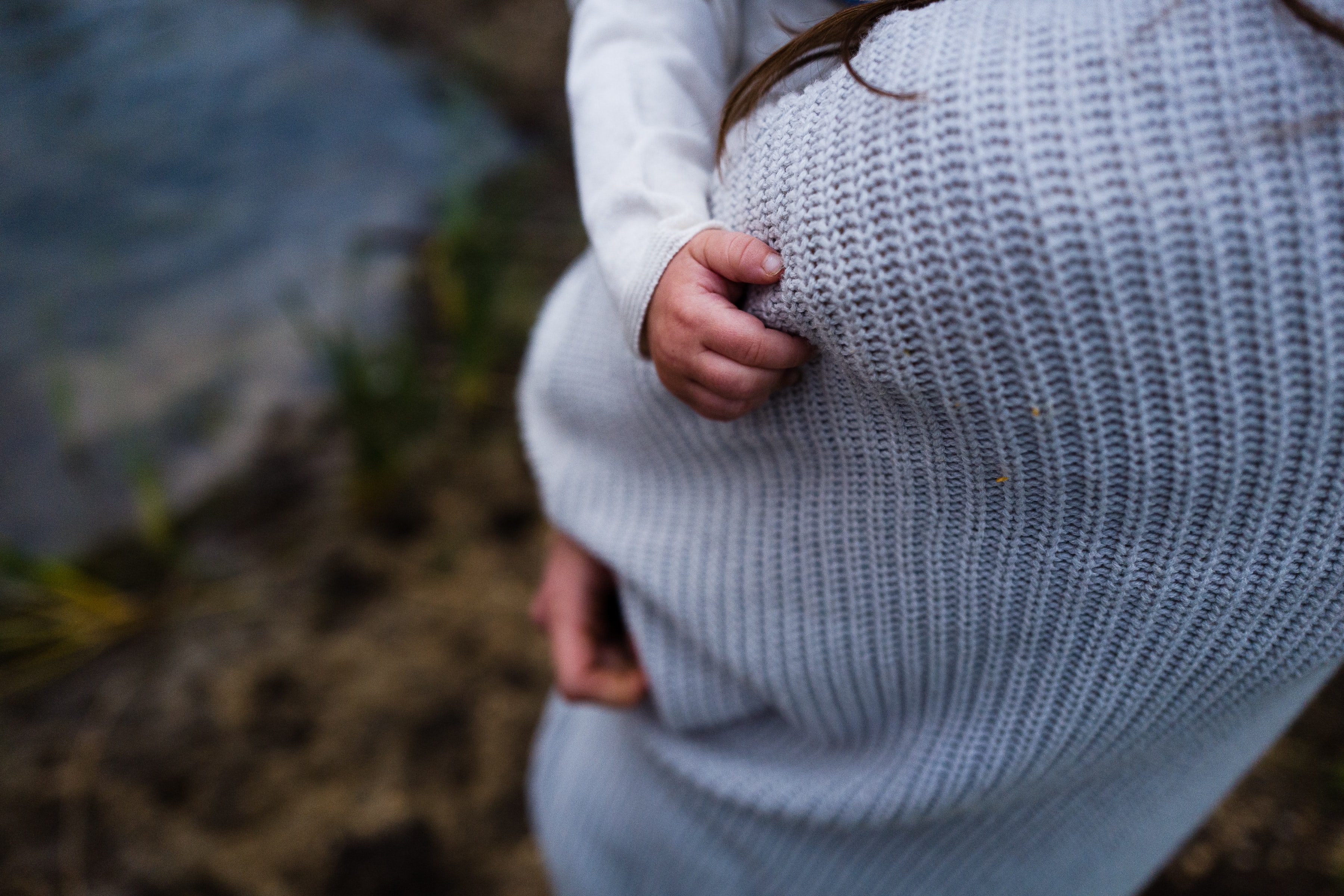Towards the end of Aai’s first trimester with me, her bleeding only got worse. Over an activity we do together — separating coriander leaves from their stems — she tells me about the doctor’s visit where they thought, “Maybe let’s terminate it.”
Six months later, on a morning full of pain and anxiety and the onset of winter, she had a C-section. “You were underweight, so they kept you in an incubator,” she recalls, slowly patting my head on a dark, quiet, lonely night when dad is in the hospital because of Covid. I curl up towards her chest and listen to her heartbeat. This heartbeat, I have known all along. This heartbeat is the first and only thing I’ve known.
I write about my mother the way people write about their countries. Here, against her chest, I’m acutely aware of her hot breath exhaling itself exhaustingly over my head. Our hands are now the same size. Our feet are now almost the same size. Our mouths and our hearts are almost the same sizes, almost also just as similarly stubborn.
She tells me that in the first three months, there is nothing inside. And then slowly, life inside a life. A body making another inside itself. To think that nine months of a miracle can be summed up into a word like ‘birth’. Into an act like it. And to think that on this cold yet sweaty and scary night, a daughter lies folded alongside her mother’s body, almost the same size as her mother’s.
To think that I spent three quarters of a year inside her belly. Breathing inside her. Moving inside her. Becoming inside her.
To think that through all her bleeding, she grew an entire purse-sized human being inside her. She grew a pair of eyes and a beating heart and sweaty palms and a fat nose and two tiny ears and an entire living, breathing, will-grow-to-be-something inside her.
When I size up my palm to hers, a giggle passes between us. I wonder when I will stop writing about my mother. I wonder when I will stop writing about mothers and births. But on most nights, I listen to the same story of dadu’s birth, then mine, and the bleeding and the crying and the nights she spent writhing, and for a brief moment I feel like a miracle.
To know then, that lying under the star stickers on my ceiling, is a daughter and her mother — resilient, stubborn, angry, giving, and full of love. Aai tells me that she bled for all nice months. That every day was a siren and a bloodstream and a fistful of fear. But she loved a stranger into existence. Typical Aai. Typical.
Tanvi Kiran Kulkarni is an English major and a published author. She’s always overwhelmed by the world around her and tries her best to use all the words she has to talk about it.
Feature image: Jenna Christina / Unsplash

